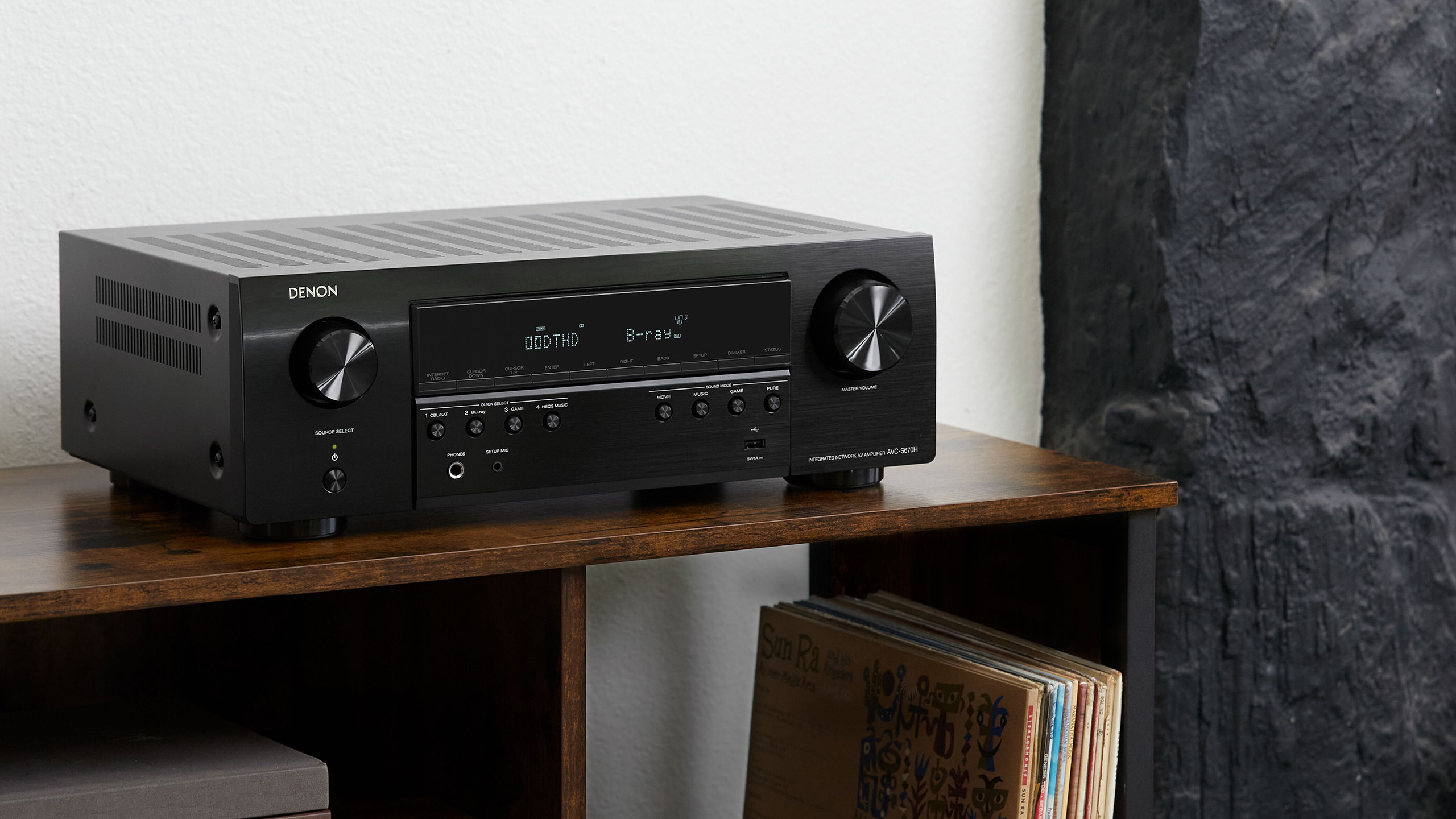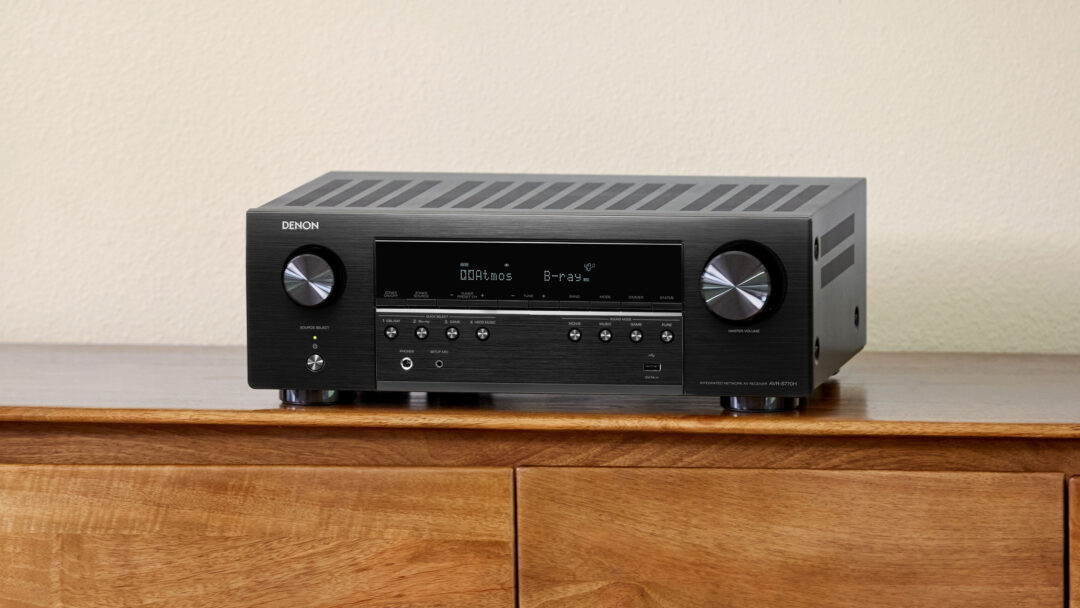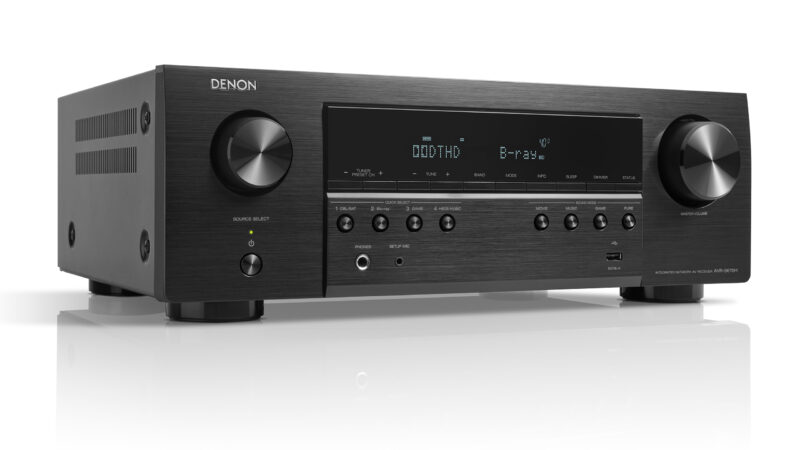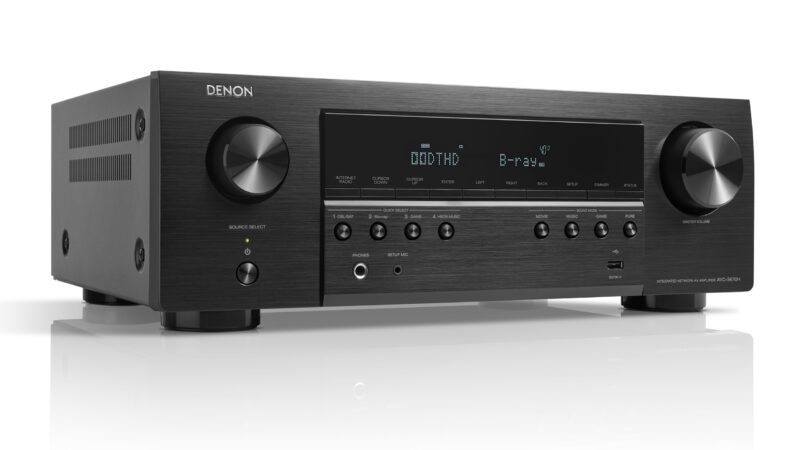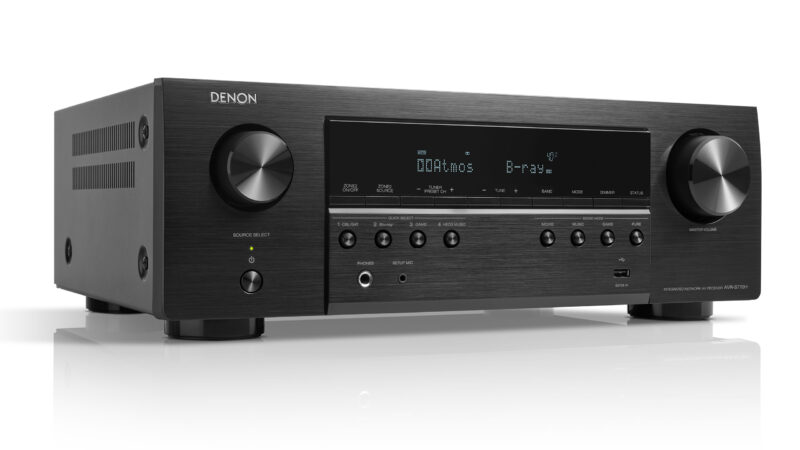But is it future-proof?
Even though it’s virtually impossible to find video content in 8K resolution today, and there’s no immediate expectation that the major streaming services will start supporting the format anytime soon, doubts can still creep in when you’re about to replace your home cinema receiver. Will it suddenly become obsolete?
This concern shouldn’t stop potential home cinema owners from buying one of Denon’s new receivers. The company has just unveiled three new models, the AVR-S770H, AVR-S670H and AVC-S670H. And all of them support 8K resolution video.
However, what makes the three new models interesting is not the 8K capability itself, but the price. The most advanced model, the AVR-S770H, costs EUR 779.
Denon has never made a better surround amplifier, than the anniversary model AVC-A110.
For that price, you get a 7.2-channel receiver with Dolby Atmos, DTS:X and high-resolution surround sound with Dolby TrueHD and DTS HD Master Audio.
The two smaller models, AVR-S670H and AVC-S670H, have to make do with 5.2 channels and no Dolby Atmos. The difference between the two is that the AVR-S670H is a classic AV receiver with built-in FM radio, while the AVC-S670H is a pure amplifier without analogue radio reception. And since all three have built-in HEOS with the option of streaming from all streaming services and multi-room, the analogue radio reception will hardly be used. The AVR-S670H costs €679 and the AVC-670H costs €629.
The output power on all models is rated at 145W per channel. And even though that’s “home theatre power,” measured in 6 ohms and with only one channel at a time, all in all, it should be plenty for most living rooms.
Being the geeks that we are, we welcome any technological development. However, the question remains, will people who invest in 8K TVs for their home theatre in the next few years – and they will still be expensive – settle for 5.2 channels and no Dolby Atmos?
Our guess is that 8K compatibility will be a comforting feature that most people will never utilise. On the other hand, if that’s what it takes to make people invest in proper sound for home theatre, it’s not bad either.
